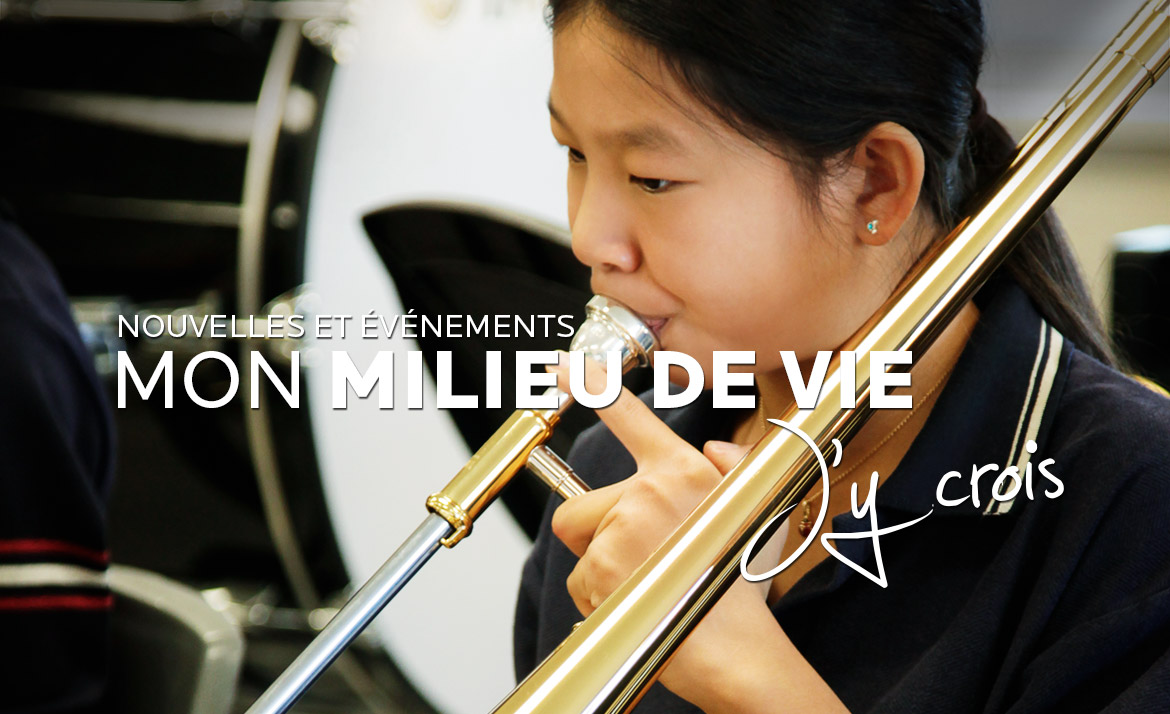How to Train a Siberian Husky Puppy: Milestones & Timeline American Kennel Club
dog training / 4 mars 2024
Articles
Stay patient and consistent with the routine, and avoid punishing your dog for accidents. Celebrate your dog’s successes during the training process. https://dogtrainingfaster.com/training-border-collie/ Whether through verbal praise, treats, or playtime, positive reinforcement improves the bond between you and your dog, making the training experience more fun for both parties. While we might think that our adult dog is fully house trained, sometimes we humans skip a few steps in potty training or don’t completely finish the process with our dogs.
Many crates come with partitions so you can adjust the size as your puppy grows. Potty training is at the top of every new pet owner’s priority list. The sooner your puppy is potty trained, the happier everyone will be. The fastest way to potty train a puppy is to establish a routine and be as consistent as possible. Inconsistency may confuse your puppy, which will draw out the potty-training process. It can take several months or more before you can consider your puppy fully potty trained.
- You need to build out the behavior in new locations and the three Ds (distance, duration, and distraction) until your dog will perform the behavior, no matter what.
- Excavations continue to uncover many artifacts from settlements dating from the Copper, Bronze, and Iron ages.
- A specialized pet mess cleaner will remove the scent markers that your human nose can’t detect.
- If you discover a chewed slipper, quietly clean it up, ignoring your four-legged friend completely.
- Then sit back and watch your little furry learner improve little and often each time.
Every interaction you have with your dog is a learning opportunity, so when you think about it, you probably don’t use food very often except during active training sessions. Because you reinforce him with praise, touch, games and walks. Just remember, the behavior should produce the treat; the treat should not produce the behavior. The term “generalizing” in the context of dog training refers to behaviors or commands that are taught at home with minimal distractions.
The money that you will spend on feeding an appropriate quality food will often be money that you save in vet bills later on. I recommend you always check with your veterinarian for the right diet for your dog. Just because the bag says “a treat all dogs love” doesn’t mean your dog will automatically love it. Some dogs are very selective about what they like to eat.
Some of the most important skills are obedience and impulse control. And the best part is that you will both have a lot of fun doing them. Beginning is often the most challenging part of any journey.
The foundation of training should be based on positive reinforcement. Positive reinforcement is the process of giving a dog (or person!) a reward to encourage the behavior you want, like getting a paycheck for going to work. The idea is not to bribe with the behavior but to train it using something your dog values. Stock up on treats—you’re going to use a lot of them during training. You have to make the transition from «bribe» to reward, says Gillihan.
Positive reinforcement isn’t just for puppies—it’s the key to successful potty training for any dog, including adults. Like puppies, they do not like to eliminate where they sleep or eat, so they will avoid eliminating in a crate they have come to call home. Again, the crate you use to train your dog should only have enough room for them to comfortably stand up, turn around, and lie down. Typically, it’s recommended to feed your puppy three to four meals a day. They will naturally eliminate shortly after eating, so developing a consistent feeding schedule can avoid confusion and accidents in the house. New puppies, especially those under 12 weeks of age, should be taken outside every one to two hours.
Instead, work with positive encouragement techniques
By standing still, you keep the puppy in a small enough area that they will get bored with exploring fairly quickly and focus on pottying faster. If that sounds like a lot of work, that’s because it is, which is why it’s so important to have appropriate management set up as well. Tethering to an object ensures the puppy can’t go beyond a certain boundary.
#7: Use Positive Encouragement, Not Adverse Reinforcement
We considered customer reviews, pricing, accessibility, and free options. But two big factors that helped us determine which services landed on our list were reputation and the ability to customize training. Puppy Trained Right memberships cost about $299, and you get one year of access to all of the site’s training content. Its methods are based on positive reinforcement, and the video-based format gives you the flexibility to work at your pace rather than committing to a class schedule. Each membership plan offers original weekly videos covering training concepts like puppy manners, tricks, and building focus in your dog.
There should also be no moving objects or strong smells in the area that could capture your dog’s interest. An environment like this will help your dog concentrate, and help you stay focused on the task at hand as well. We’ve all heard the saying ‘practice makes perfect,’ and we’ve undoubtedly all verified the wisdom of this maxim through first-hand experience.
